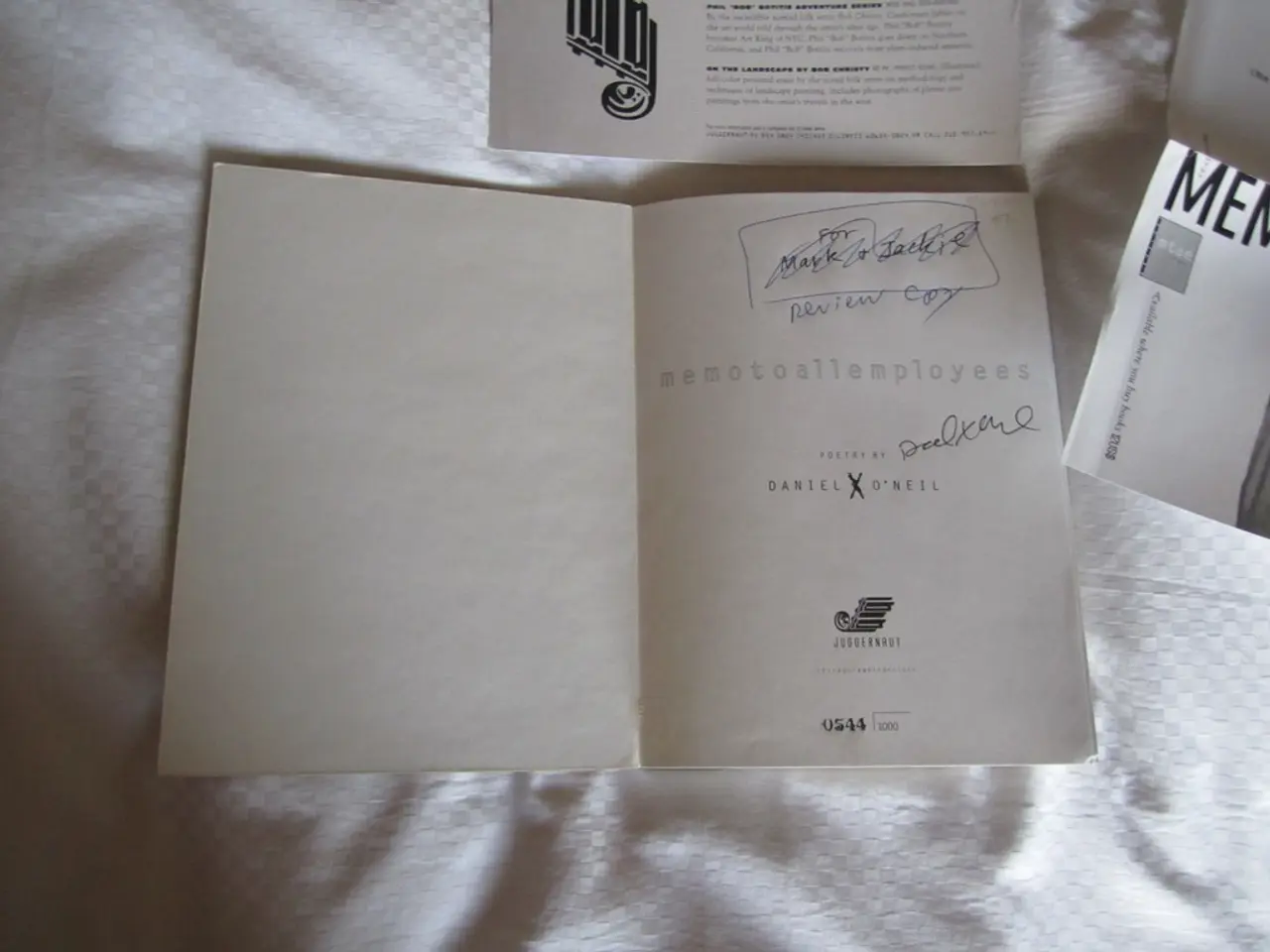Scientific literature is being polluted by false research papers, hindering advancements and potentially delaying critical life-saving discoveries worldwide.
In the world of scholarly publishing, an underground economy thrives, selling everything from authorship to academic journal editors [1]. This economic activity, which includes the production of fake papers, is a significant and growing problem worldwide.
The influx of low-quality or fraudulent articles, often generated by AI tools and paper mill services, threatens the integrity of research and overwhelms quality control systems like peer review [1]. Between 2021 and 2024, publications using data from large open-access health databases rose dramatically, with many exhibiting formulaic, low-quality characteristics [1].
Another parallel problem is the rise of hijacked and cloned journals. Researchers may unknowingly publish in or cite fake journals that mimic reputable publishers, embedding counterfeit articles and misleading scientific discourse [2]. The overall volume of scientific papers has skyrocketed, making it increasingly difficult for the community to maintain rigorous peer review and quality control [4].
The problem is particularly pronounced in emerging economies where resources for bona fide science are limited [5]. Over the past decade, furtive commercial entities have industrialized the production, sale, and dissemination of bogus scholarly research [5]. In Egypt, universities commonly pay large sums for international publications, with the amount depending on the journal's impact factor [5].
Performance-based metrics in academia have also contributed to the problem. Driven by the New Public Management movement, many researchers compete on numbers instead of content, making publication metrics poor measures of academic prowess [5]. Some corrupt scientists form peer review rings, while paper mills may even create fake peer reviewers impersonating real scientists to ensure their manuscripts make it through to publication [4].
The paper-mill problem is becoming increasingly apparent. Sabina Alam, director of Publishing Ethics and Integrity at Taylor & Francis, a major academic publisher, noted that in 2019, none of the 175 ethics cases that editors escalated to her team was about paper mills. However, by 2023, "we had almost 4,000 cases," she said, "and half of those were paper mills" [4].
When retractions do happen, it is often thanks to the efforts of a small international community of amateur sleuths like Oviedo-García and those who post on PubPeer [4]. In one area of genetics research - the study of noncoding RNA in different types of cancer - "We're talking about more than 50% of papers published are from mills," Byrne said. "It's like swimming in garbage" [4].
Despite the growing criticism, legitimate publishers could do more to track and blacklist journals and authors who regularly publish fake papers [1]. The scholarly publishing industry generates close to $30 billion annually, with profit margins as high as 40% [5]. Publishers have begun to share data and technologies among themselves to combat fraud, and some journals routinely check for image fraud [1].
However, the impact on publishers can be profound. Fake articles potentially hurt a journal's bottom line and important scientific indexes delist journals that publish too many compromised papers [1]. In response to the growing crisis, some publishers, like Elsevier, are investigating claims about research misconduct in their journals [6].
In conclusion, the problem of fake scholarly papers is a substantial global issue, compromising the scientific record, overwhelming editorial processes, and eroding trust in research worldwide [1][2][4]. The academic community must work together to combat this issue and uphold the integrity of scholarly publishing.
References: 1. The Atlantic 2. Nature 3. Science 4. Retraction Watch 5. The Conversation 6. The Conversation
- The surge of low-quality or fake research papers, often related to health and wellness, medical-conditions, and even cancer, threatens to undermine the credibility of numerous scientific discoveries in this field.
- Amidst the growing problem of counterfeit scholarly works, some areas such as the study of noncoding RNA in different types of cancer show a staggering 50% of published papers being fabricated by paper mills, posing a significant challenge to health-and-wellness-related research and the transparency of science as a whole.




